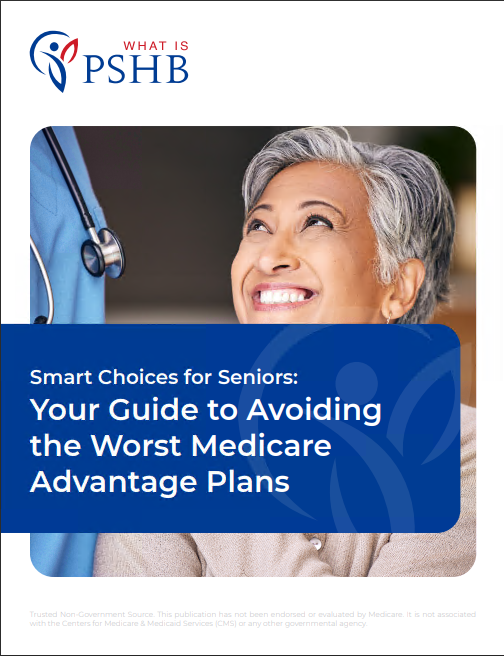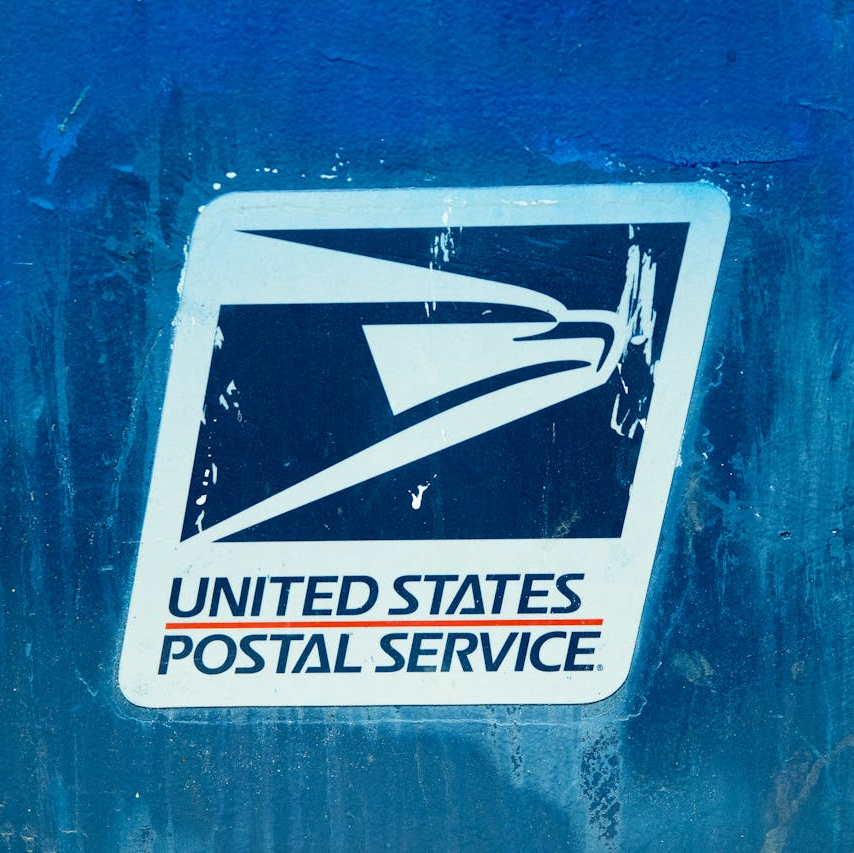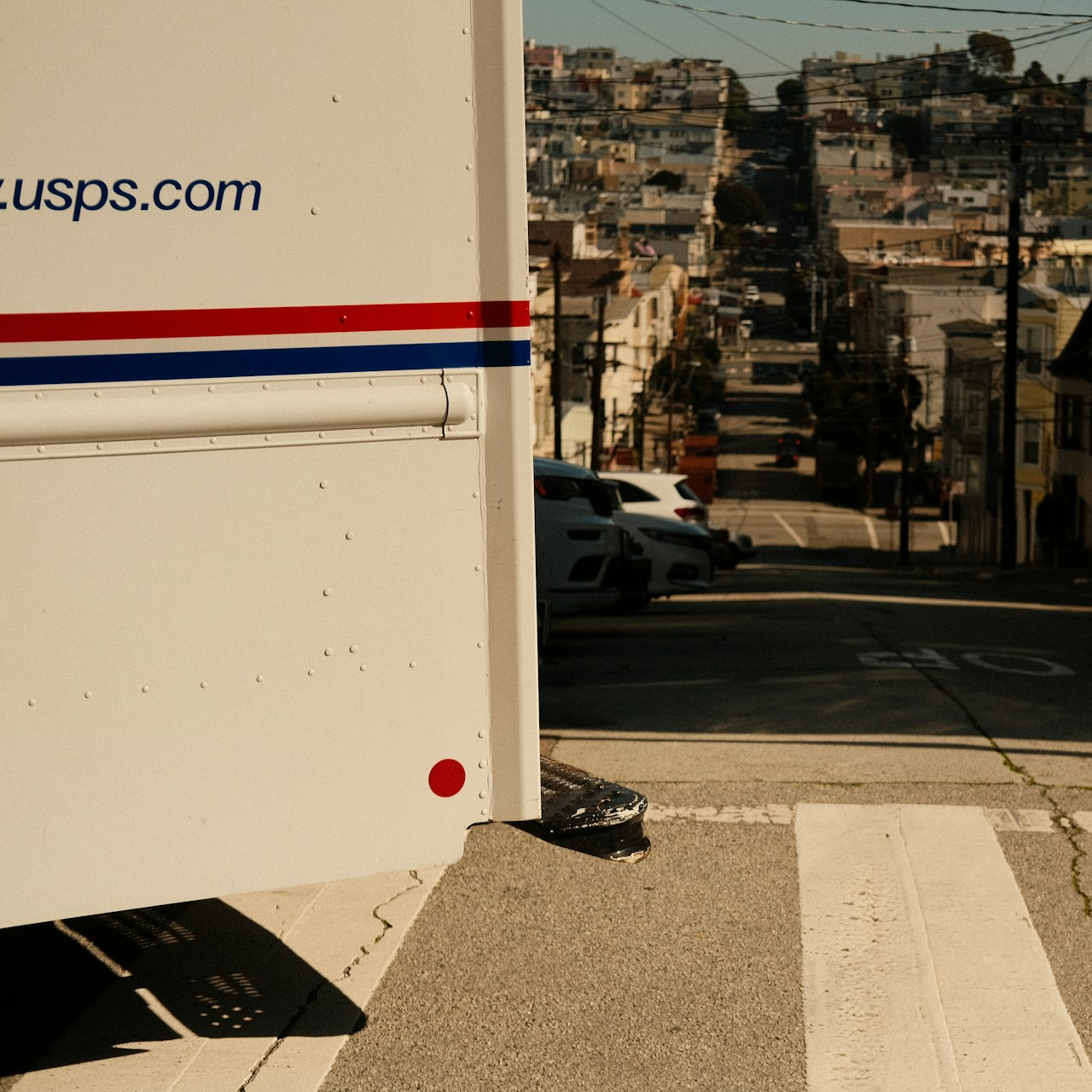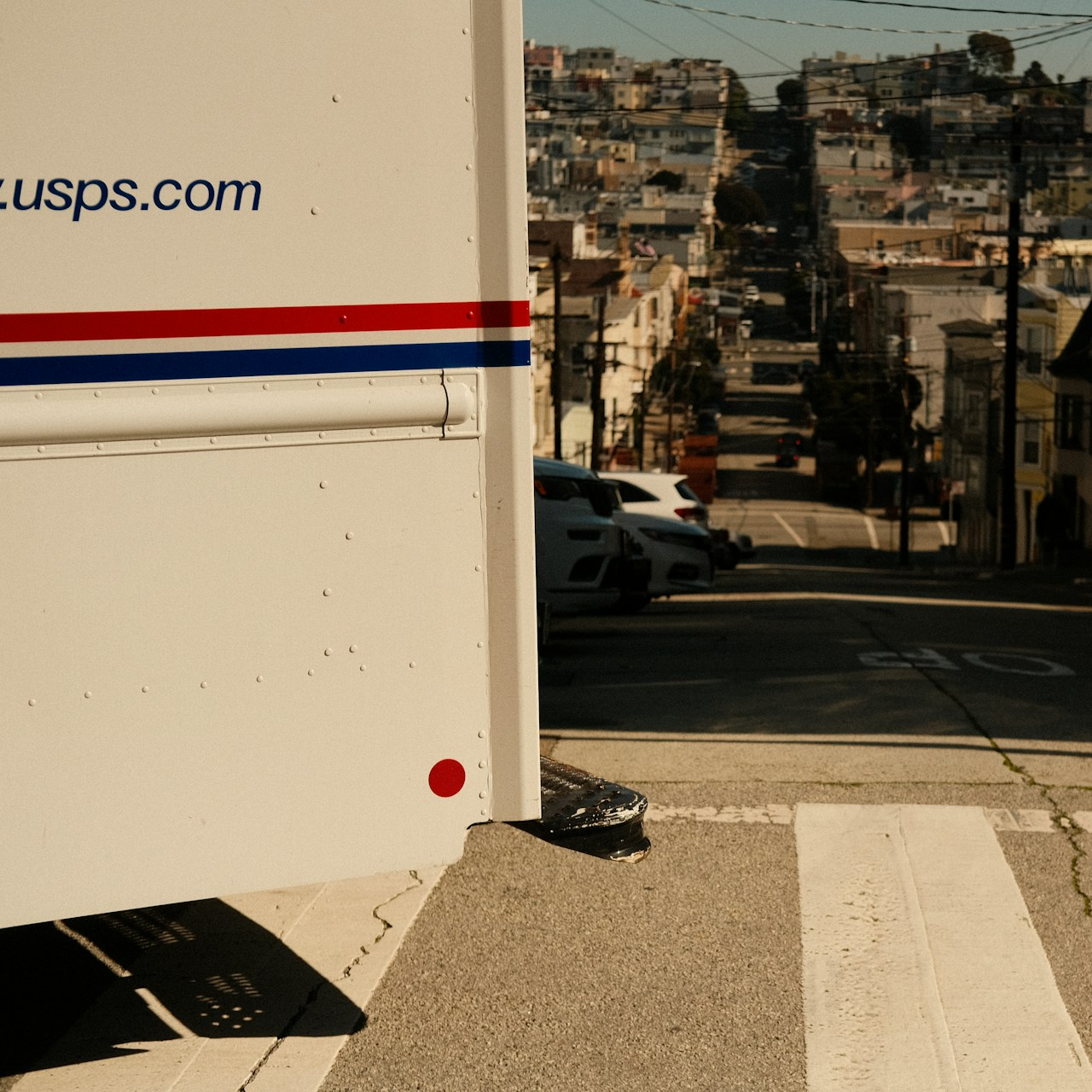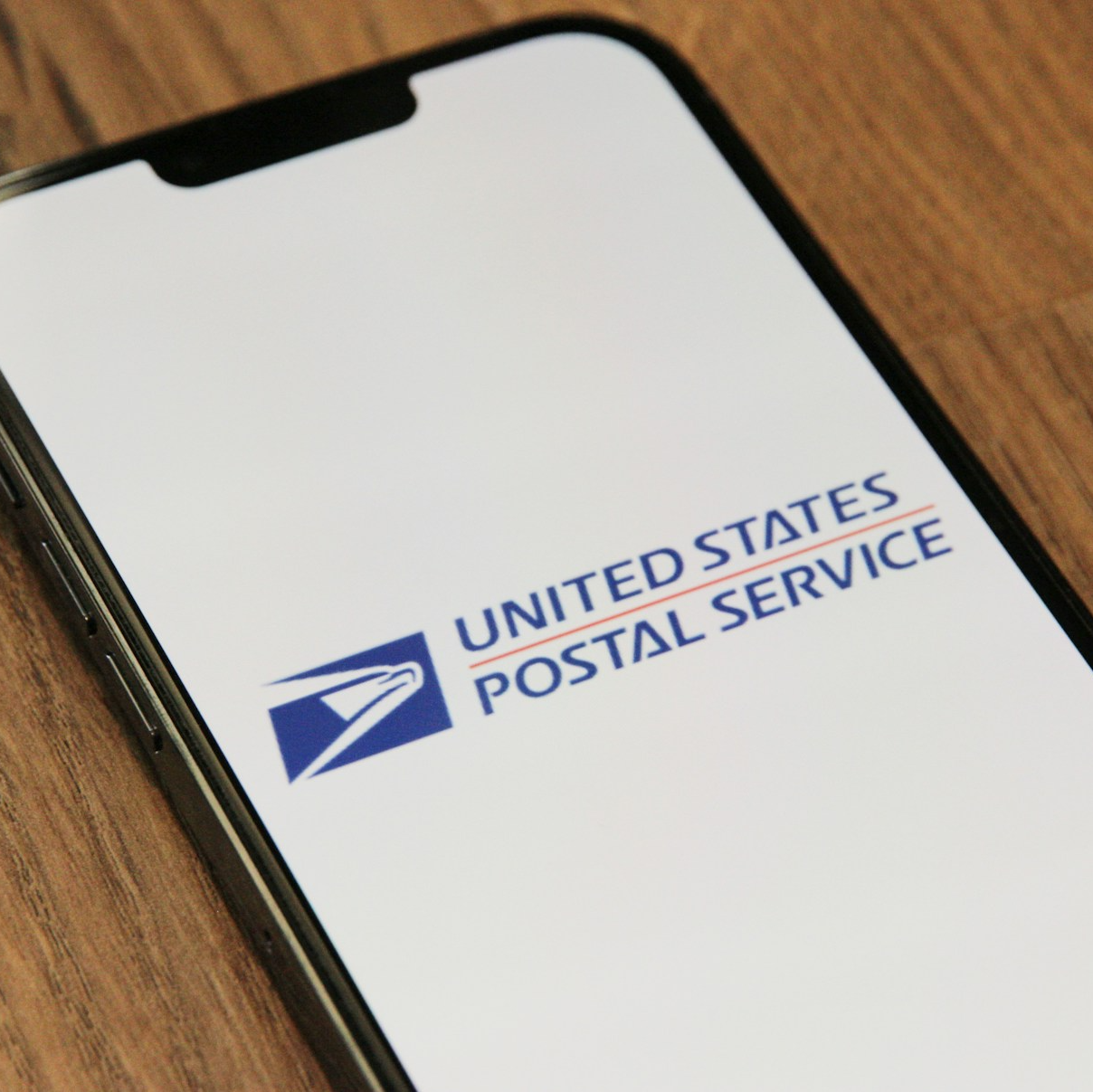Key Takeaways
-
In 2025, USPS employees and retirees covered under the new Postal Service Health Benefits (PSHB) Program may save significantly on prescription costs—if properly enrolled in Medicare Part B.
-
Understanding your eligibility and participation in the Medicare Part D prescription integration is essential to avoid losing drug coverage or facing gaps in benefits.
Understanding the Shift in Prescription Drug Coverage
If you’re a USPS employee or retiree, 2025 brings big changes to your health coverage. One of the most important shifts is how prescription drug coverage works under the new Postal Service Health Benefits (PSHB) Program.
Unlike past years when your coverage may have come solely through the Federal Employees Health Benefits (FEHB) Program, you are now required to enroll in a PSHB plan, and if you’re eligible for Medicare, you must take further steps to retain full drug coverage.
These changes stem from a law passed in 2022, with full implementation taking effect January 1, 2025. The goal? To improve coordination with Medicare and reduce costs—but only if you’re enrolled correctly.
What the New Rules Actually Mean for You
For those eligible for Medicare in 2025, here’s how prescription drug coverage works under PSHB:
-
If you’re enrolled in Medicare Part B and a PSHB plan, you’ll automatically be placed into a Medicare Part D Employer Group Waiver Plan (EGWP), which is built into your PSHB plan.
-
This means access to:
-
A $2,000 annual out-of-pocket cap on prescription drugs
-
A $35 monthly insulin cap
-
Broader access to participating pharmacies
-
-
However, if you decline Medicare Part B and you’re required to enroll, you could lose access to this integrated drug coverage.
The cost savings only apply if you are properly enrolled in both your PSHB plan and Medicare.
Who Is Required to Enroll in Medicare Part B?
This requirement does not affect every USPS retiree or family member. Specific eligibility rules apply. In 2025, Medicare Part B enrollment is required for drug coverage integration under PSHB if you meet the following conditions:
-
You are a USPS annuitant (retiree) who is Medicare-eligible.
-
You turned 65 on or after January 1, 2025.
-
You were an active USPS employee on or after January 1, 2025, and aged 64 or younger at that time.
-
You are a Medicare-eligible family member of someone who meets either of the above criteria.
If you fall under these rules and don’t enroll in Part B, you will lose prescription drug coverage under PSHB. This opt-out decision isn’t just temporary—it could be irreversible.
What If You’re Exempt From the Part B Requirement?
Some USPS retirees and family members are exempt from the Medicare Part B enrollment requirement:
-
If you retired on or before December 31, 2024, and were already enrolled in Medicare Part A only.
-
If you were 64 or older as of January 1, 2025.
-
If you live permanently outside the United States.
-
If you are covered under Veterans Affairs (VA) or Indian Health Services (IHS).
Even if you’re exempt, enrolling in Medicare Part B voluntarily could still give you access to integrated drug coverage with significant cost savings. So it’s worth evaluating whether enrolling is in your best interest.
Why You Need to Pay Attention to Your Prescription Coverage
One of the most notable changes in 2025 is the elimination of the Medicare Part D coverage gap (donut hole). Now, once your total out-of-pocket costs reach $2,000, the plan covers 100% of your approved prescription drug expenses for the rest of the calendar year.
This means you no longer face increasing costs partway through the year. However, you only benefit if you’re enrolled in:
-
Medicare Part B (when required)
-
A PSHB plan that integrates Part D coverage
Failure to coordinate these correctly could leave you without drug coverage, and re-enrollment opportunities are limited.
Enrollment and Deadlines: What to Know
To ensure you’re covered properly in 2025 and beyond, be aware of these important timeframes:
-
PSHB Open Season: This took place from November to December 2024. If you didn’t make changes during this period, you were auto-enrolled in a corresponding PSHB plan.
-
Special Enrollment Period (SEP) for Medicare Part B: Ran from April 1 to September 30, 2024. This allowed you to enroll in Medicare Part B without facing a late enrollment penalty.
If you missed either period, you may still have coverage under PSHB—but without integrated drug benefits unless you’re already enrolled in Medicare Part B.
Costs You Could Avoid With Proper Enrollment
The PSHB and Medicare integration in 2025 helps reduce your overall drug costs:
-
The $2,000 cap replaces what used to be an indefinite out-of-pocket structure in previous years.
-
The $35 insulin cost cap means better affordability for those with chronic conditions.
-
Many plans eliminate or reduce deductibles and copays for those with Medicare.
But these savings only apply if your enrollment status aligns with the new rules.
If You Opt Out of Part D Drug Coverage
Under PSHB, your drug coverage is tied directly to Medicare eligibility and enrollment. If you’re required to enroll in Medicare Part B and don’t, you’ll be disenrolled from the EGWP drug coverage entirely.
That means:
-
You’ll have no prescription drug coverage under your PSHB plan.
-
You will not be able to rejoin the integrated plan later unless you enroll in Medicare Part B.
-
Other drug coverage options may not be available or may come with higher costs and limited networks.
In short, opting out of Medicare Part B or drug coverage integration is a decision with lasting financial and health implications.
Coordination With Other Federal Benefits
While PSHB changes how your medical and drug coverage works, it does not affect other benefits like:
-
FEDVIP: Dental and vision plans remain available.
-
FEGLI: Your life insurance continues unaffected.
-
FLTCIP: Long-term care coverage remains unchanged.
-
FSAFEDS: Flexible spending account eligibility remains the same if you’re still an active employee.
Only your PSHB health and drug benefits are affected by Medicare integration. So make sure you review those specifically.
Making an Informed Choice About Part B
Even if you’re not required to enroll in Medicare Part B, many USPS retirees choose to anyway to access integrated drug coverage and other cost-sharing benefits. Here’s what to consider:
-
Compare your PSHB plan benefits with and without Medicare Part B.
-
Evaluate whether the out-of-pocket savings are greater than the Part B monthly premium.
-
Think long-term: Once you reach the catastrophic threshold on drug costs, 100% of costs are covered with integrated Part D coverage.
These are decisions that can shape your financial and medical future, so they shouldn’t be made lightly.
Next Steps If You’re Unsure About Your Enrollment
If you’re not sure whether you’re properly enrolled—or whether you’re even required to enroll in Medicare Part B—here’s what you should do:
-
Check your current Medicare status through the Social Security Administration.
-
Contact your PSHB plan provider for benefit confirmation.
-
Speak with a licensed agent to review your situation and help you make the right choice.
2025 is a year of transition, but also of opportunity—if you take the time to understand your benefits and act accordingly.
Stay Protected and Informed for 2025
Drug coverage in 2025 is simpler, more affordable, and better aligned with Medicare—but only if you meet the enrollment conditions under the PSHB Program. With rising prescription costs, taking action now could result in significant long-term savings.
If you’re unsure about your Medicare or PSHB enrollment status, speak with a licensed agent listed on this website for personalized, professional advice tailored to your circumstances.



